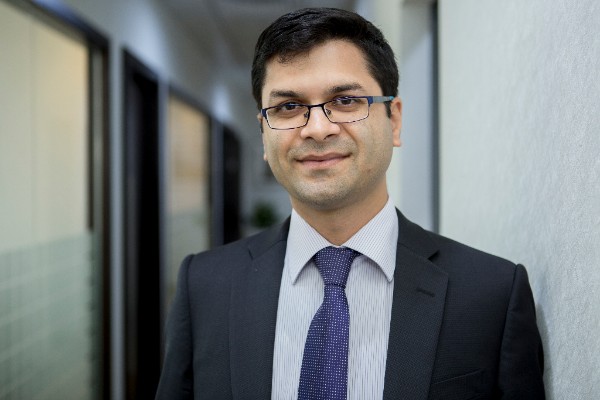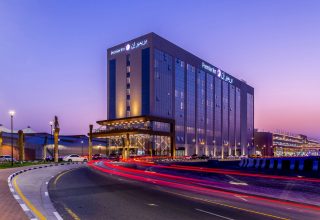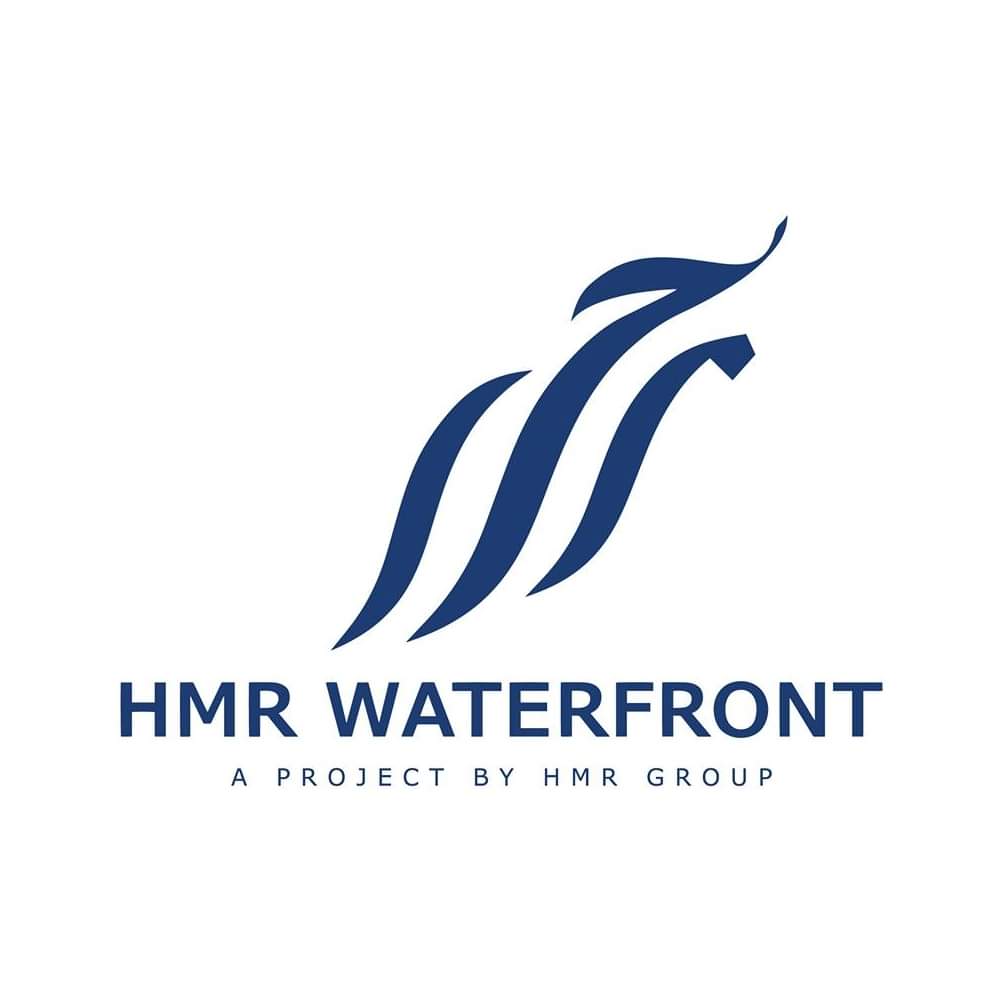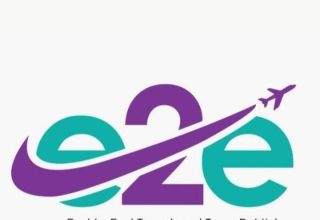
ABU DHABI: Gulf investors will now be able to tap the US$88.23 billion (INR6 trillion) affordable housing market following a tie-up between Mi Capital, a Dubai-based financial institution dealing in corporate finance, capital restructuring, mergers and acquisitions, and Life Insurance Corporation Housing Finance Ltd. Asset Management Company (LICHFLAMC).
LICHFLAMC is a subsidiary of LIC – India’s largest insurer and financial institution with US$386 billion worth of Assets Under Management (AUM).
The Middle East has one of the highest concentration of High Net Worth Individuals (HNWIs) and family businesses with a large portfolio of investments scattered in different parts of the world. According to World Wealth Report 2018, the HNWI population in the Middle East exceeded 656,350 with US$2.5 trillion worth of collective wealth that looks for lucrative investment destinations.
“With Indian economy growing at more than 7.5 percent per year, it is a good time for Gulf investors to look at the excellent opportunities offered by the growth of the Indian economy,” Sheetal Soni, Chief Executive Officer and Managing Partner of Mi Capital, says.
“While a good number of investors including companies and institutional investors investing in private ventures in India, we have tied up with LICHFLAMC – to offer best direct and indirect investment opportunities, without going through the usual complexities. The efficient management of LICHFLAMC has a solid reputation of generating the highest returns with efficient management and consistent track record.”
Many investors in the past faced daunting challenges in the field of project implementation due to the local conditions, we and our partners in India ensures that the project execution goes through smoothly and the internal rate of returns remain healthy, he pointed out.
“Working with right partner can help significantly in dealing with complexities of the Indian market, getting right deal flows on table, right structuring of the transactions, mitigating risk in the project, protecting from potential leakages etc. This is where Mi Capital and LICHFLAMC could offer direct, indirect or co-Investment opportunities in these sectors for investors, who may want to venture into Indian market alongside trusted partner,” Soni says.
“The recent Indian Government initiatives such as the Goods and Services Tax (GST) as well as the enactment of Real Estate Regulatory Act (RERA) and the launch of escrow account are helping in cleaning up the system and simplifying business processes that are helping the country attract more foreign investment. We see this as a great opportunity for the GCC investors to enter Indian market. Mi Capital is currently developing a strong corridor for investment in to India.”
He was speaking at the India Investment Meet in Abu Dhabi, supported by Abu Dhabi Chamber of Commerce and Industry and attended by Indian Ambassador HE Navdeep Singh Suri. Officials of Mi Capital and LICHFLAMC also addressed investors at a seminar organized with the support of the Business Leaders forum (BLF) and attended by Sumathi Vasudev, Acting Consul General of India.
Officials said, investment in infrastructure, healthcare, affordable housing, education and logistics could be channelled through private equity and co-investment opportunities that significantly mitigate the investors’ execution risk in still considered complex Indian market.
Total private equity deal value in 2017 rose US$9.6 billion higher to $26.4 billion in 2017 compared to $16.8 billion in 2016, the highest ever in India. The investment value increased 57 percent, according to the latest Bain & Company report.
The growth is also driven by Indian Government’s drive to clean-up and modernise its economy as well as the country’s infrastructure and housing sector. Urban India today houses 377 million people, constituting 32 percent of the country’s population, with an annual addition of 8 million as per Census 2011. This is further estimated to increase to 40 percent with a population of close to 600 million living in the urban centres by 2030.
The Indian real estate market is expected to touch US$180 billion by 2020. Housing sector is expected to contribute around 11 per cent to India’s GDP by 2020, according to a report.
LICHFLAMC has invested and existed in five opportunities mainly invested in mid-income housing with very high IIR – in some cases shooting to 114 percent, says Dinesh Pangtey, CEO of LICHFL-AMC. “This provides one of the largest opportunities for investors globally,” he said.
“With investment in affordable housing segment, combined with knowledge and experience of Indian Regulatory systems and market conditions, you can’t go wrong, especially where the government is supporting by making it part of the infrastructure portfolio that is largely tax free.”
The Indian real estate sector has witnessed high growth in recent times with the rise in demand for office as well as residential spaces. Private equity investments in real estate are estimated to grow to US$100 billion by 2026 with tier 1 and 2 cities being the prime beneficiaries.
Private equity investments in Indian real estate increased 15 per cent year-on-year in January-March 2018 to Rs165.3 billion (US$ 2.56 billion). According to data released by Department of Industrial Policy and Promotion (DIPP), the construction development sector in India has received Foreign Direct Investment (FDI) equity inflows to the tune of US$24.67 billion in the period April 2000-December 2017. News Desk












